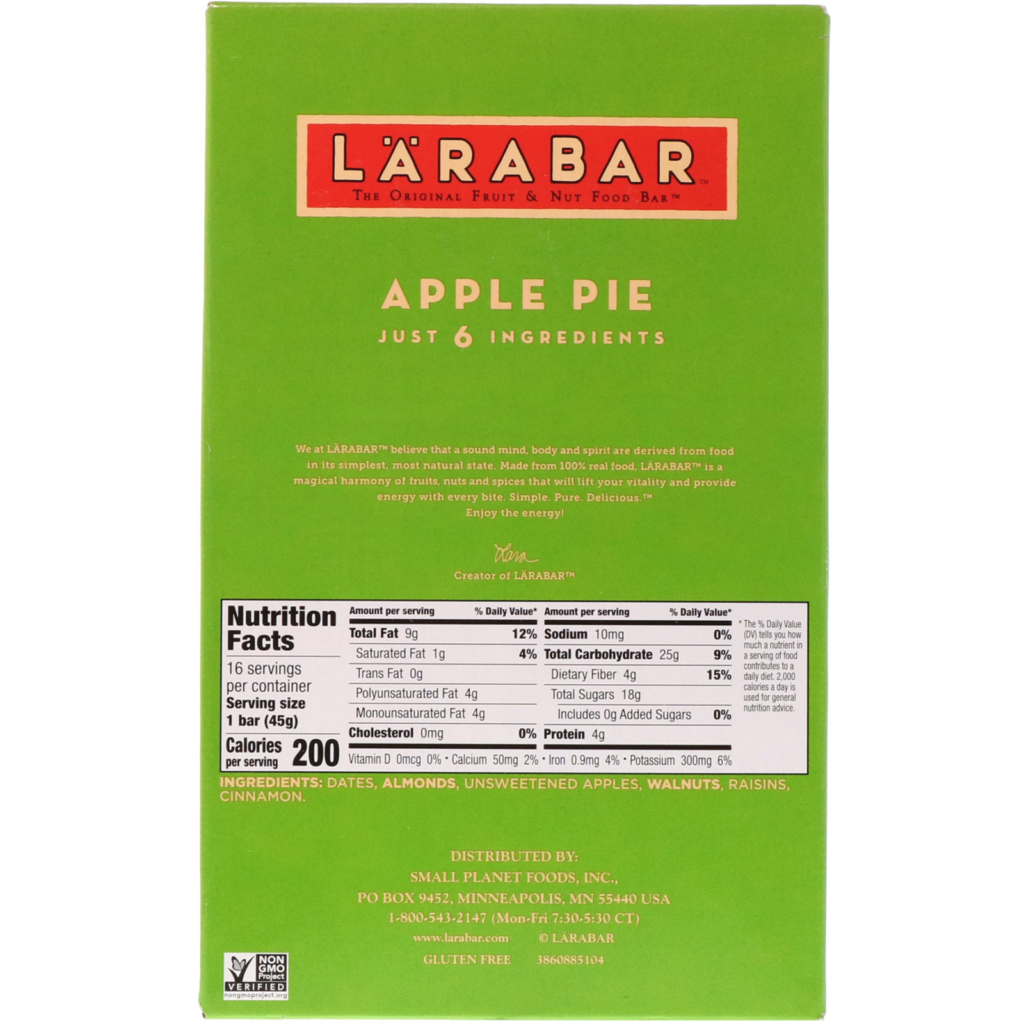I Don’t Know What Foods I Can Eat!?!
Doesn’t it seem like conflicting advice about what to eat is coming at us from every direction these days!
“Don’t eat beans, those lectins are toxic!”
“High fat, low carb for heart health!”
Keto, Paleo, gluten free… who can keep up with it all!
In light of all of the diet advice going around these days, I’d like to offer up a few questions we can ask ourselves to help us decide the good from the bad and ugly when it comes to eating healthy foods!
- Is this nutrient dense? Does this food offer up nutritional benefits? Is it naturally colorful? (Green and deep blue are probably the most nutrient rich colors) Is it fresh? Is it juicy? Is it sweet and ripe? Nutrient rich foods bring a plethora of health building/disease fighting elements into the cells. The more nutrients we consume each day, the healthier and more vibrant we will be. This is especially true for those of us living with chronic disease like RA.
- Is it rich in fiber? Consuming high amounts of fiber is linked with longer life, increased quality of life, maintaining a healthy weight, feeling satisfied after eating, and digestive health to name a few. I know of several experts in the field of nutritional medicine who say instead of counting carbs, proteins or fats… we should be counting our fiber intake instead. The best way to get more fiber into your diet is to eat more plants! The more fiber you eat, the better your digestive tract will function… which is crucial when neutralizing autoimmune disease.
- Is this a whole food? Eating whole foods is significantly superior to eating the processed, dumbed down version of that food. When a processed food makes a claim like, “reduces cholesterol”, or “promotes healthy blood pressure”, or “builds strong bones” they are able to make that claim based on one or more ingredients in their packaged product that has known health benefits. However, after all that processing, who knows if the benefits of that food are even viable anymore. Instead of eating processed/packaged foods that claim to be healthy… figure out what ingredient in that processed food is being utilized to make that claim, and eat that food in its whole form. THAT is how you gain health benefits from food. The heavily processed, patented version is a (not so) cheap substitute. Many foods that are anti-inflammatory in their whole form, are highly inflammatory in their processed form… the best example I can think of is carbs. Whole carbs kill inflammation, but processed carbs just light up the immune system.
- Do I know every ingredient on the list of ingredients? Do not eat frankenfoods that you don’t know what they are, you can’t pronounce them… and they are more like a science experiment than a food! Avoid chemicals, fake everything (artificial colors/ sweeteners/ etc…) Do not eat preservatives, chemicals, or vague categories that don’t seem right. That’s not food. Enough said.
- Could I have made this in my own kitchen relatively easily? Avoid highly complex foods with a ton of ingredients that you could not have made yourself. For example… nut butter is a food that could have been made relatively easily in your own kitchen with pretty basic equipment. Just crack the nuts, blend in the blender… add a little salt if desired. Viola!! Check the ingredients on this almond butter as an example:

On the other hand, this “health food bar” would not be easy to make in your own kitchen. It’s taken excellent foods and over-processed them making this a poor choice. Check out the ingredient list on the label below. Can you imagine trying to put this together in your own kitchen?

When it comes to eating for health, the simpler and more basic… the better! In case you are wondering, I recommend Lara Bar when it comes to bars. Check out this label, just six simple ingredients!

Doesn’t get much cleaner than that! Happy/healthy heating my friends!
Cassie


